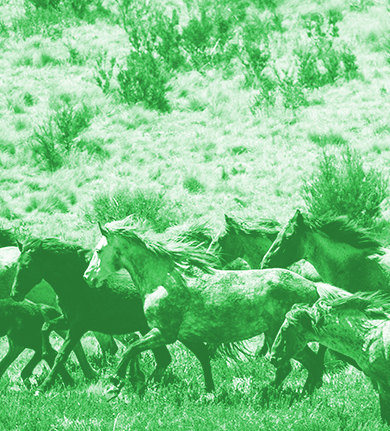Academy issues horse call
 Scientists have slammed the NSW Government’s plan to protect Kosciuszko National Park from feral horses.
Scientists have slammed the NSW Government’s plan to protect Kosciuszko National Park from feral horses.
The state has put forth a new plan to retain brumbies in 32 per cent of the park, with excess horses to be rehomed, taken to slaughter, shot or euthanased.
The plan would see brumby numbers reduced from about 14,000 to 3,000 by 2027.
A letter from the Australian Academy of Science featuring 69 signatories has been sent to NSW Environment Minister Matt Kean.
The letter says all feral horses must be removed to protect the native Australian plants, animals and ecosystems of Kosciuszko National Park and other national parks affected by feral horses in NSW, such as Barrington Tops, Guy Fawkes, Oxley Wild Rivers and the Blue Mountains.
The experts say horses can be kept on private property, protecting the cultural values they have for some people.
The letter also cites recently published research which found 71 per cent of survey respondents agreed it is acceptable to cull feral animals if they are harming threatened species.
Other Recommendations in the letter include to:
-
reduce feral horse numbers rapidly to well below the preliminary target of 3,000 by using all available methods that are effective and meet animal welfare standards
-
protect all of Kosciuszko National Park and not compromise one third of Kosciuszko National Park by designating horse retention areas
-
rescind the Kosciuszko Wild Horse Heritage Act 2018, which continues to be a legal impediment to effective national park management, completely at odds with the National Parks and Wildlife Act 1974 and the core principles of protected area management
“We now call on the minister to listen to the science, the latest evidence and recommendations on how best to protect the park from the significant damage being done by feral horses,” said the Academy’s president, Professor John Shine.
“To do otherwise would show a disregard for the threatened native Australian ecosystems and species facing imminent extinction and under threat by feral horses.”








 Print
Print